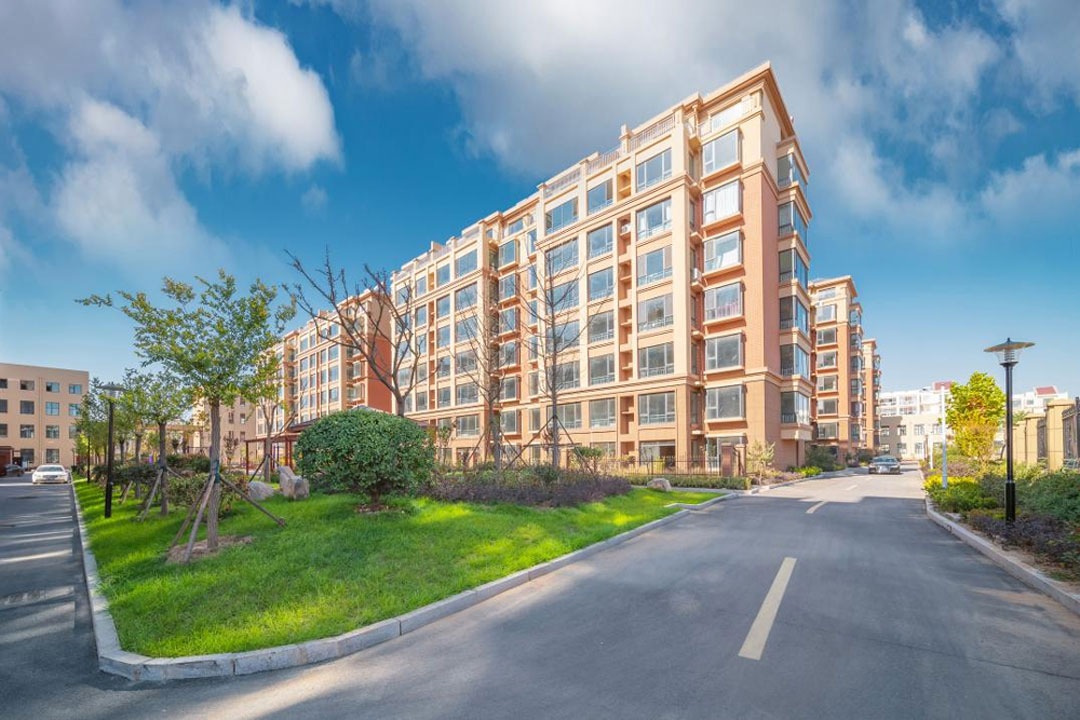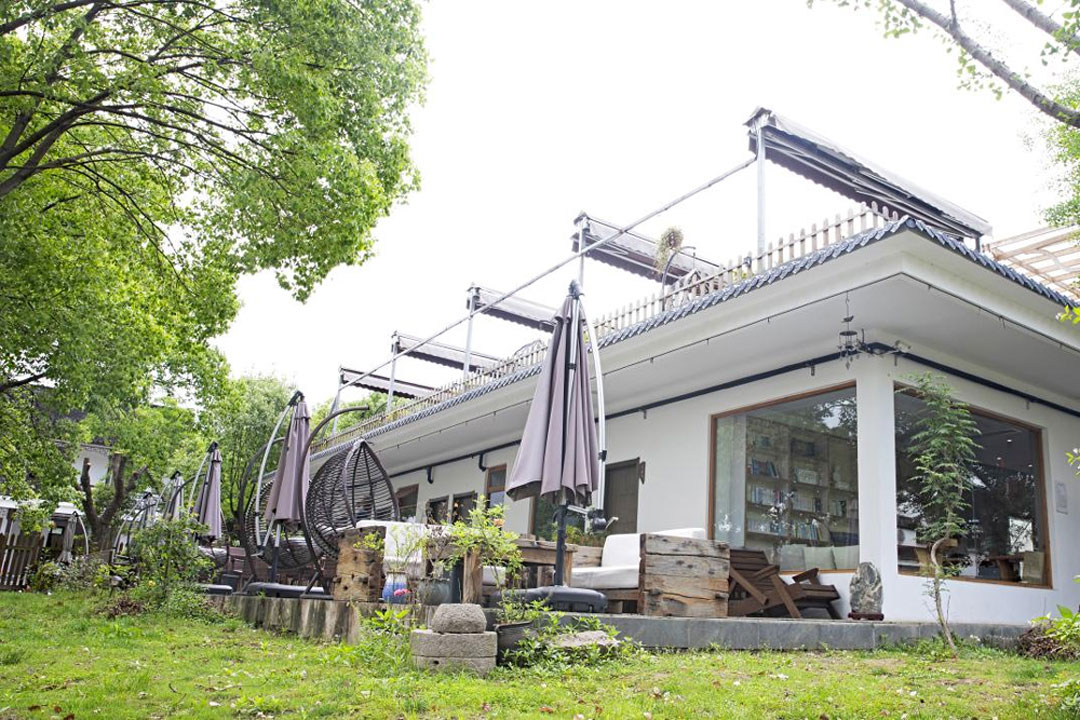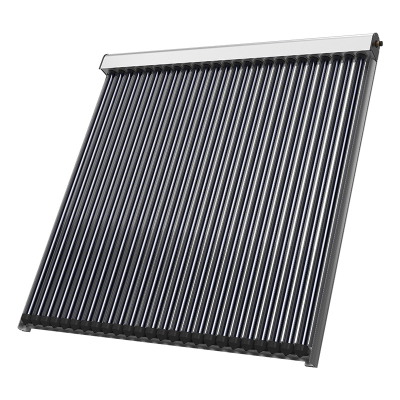Solar Thermal Utilization Brings Green Contribution To Building Carbon Neutrality
Solar thermal utilization brings a green contribution to building carbon neutrality
Common Practices in Net-Zero Buildings
As the world moves towards carbon neutrality, the building sector—one of the largest sources of energy use and carbon emissions—is adopting a range of net-zero practices. According to the Technical Guide for Net-Zero Buildings, architects often need to work closely with engineers and equipment suppliers to design effective strategies. Below are some of the most common and proven approaches.
1. Sunrooms and Passive Solar Design
In the Northern Hemisphere, south-facing windows are ideal for sunlight and heating, while north-facing windows should be kept small to reduce heat loss. In terraced houses and similar buildings, large south-facing windows can capture low-angle winter sunlight, providing passive heating. This approach uses no extra energy and enhances comfort simply through smart design.
2. Solar Water Heaters
A solar water heater converts sunlight directly into heat using glass vacuum tubes. The sun-facing side of the tube heats up while the shaded side stays cooler, creating a temperature difference that drives natural circulation of water.
This process provides hot water for daily use and can also supply heat for dehumidification. As a direct replacement for electric or gas water heaters, solar water heaters make a clear contribution to reducing carbon emissions.
3. Solar PV Power
Solar panels convert sunlight into electricity through the photovoltaic effect. In net-zero buildings, this electricity is often used within a local microgrid, rather than being sent to the national grid.
The generated power is stored in batteries and converted through inverters, supplying electricity for lighting, appliances, and other uses. This decentralised, self-sufficient system is a key step toward zero-carbon living.
4. Water-Source Heat Pumps
Water-source heat pumps use a small amount of high-grade energy to transfer heat. In summer, they move heat from buildings into nearby water bodies, providing cooling. In winter, they extract heat from water to warm the building.
This system is highly efficient and reliable, particularly in areas with rivers, lakes, or groundwater. It can replace traditional boilers and air conditioners, making it a strong option for green heating and cooling.
5. Shading Devices
In warm climates, shading panels on the south side of buildings regulate solar radiation. In summer, they block high-angle sunlight, keeping interiors cool. In winter, low-angle sunlight passes under the panels to provide natural warmth. Some shading systems can even integrate PV modules, generating electricity while shading the building.
6. Low-Carbon Flooring
Sustainable building materials are another part of net-zero practice. For example, wood flooring certified by the Forest Stewardship Council (FSC) ensures responsible forestry and carbon-neutral production. Such flooring not only reduces environmental impact but also improves indoor air quality by releasing negative ions.
7. Green Roofs
Green roofs combine ecology with energy savings. By planting vegetables, herbs, or grasses on rooftops, buildings can reduce heat gain in summer and improve insulation. Plants cool the building through transpiration, lowering air-conditioning demand, while also creating urban greenery and food supply.
8. Energy Monitoring Systems
Smart energy management is essential for zero-carbon buildings. Monitoring systems track electricity, water, and gas consumption in real time, using meters and flow sensors connected through wired or wireless networks. These systems collect accurate data and allow centralised remote control, enabling buildings to make intelligent decisions and reduce waste.
Conclusion
Achieving net-zero in buildings requires a combination of design, technology, and management. From passive solar strategies and solar water heaters to PV systems, green roofs, and smart monitoring, each measure adds a piece to the puzzle of carbon neutrality.
As technology advances and policies continue to support green development, these practices will become increasingly widespread. Net-zero buildings will move from being demonstration projects to mainstream solutions, contributing to global climate goals and a sustainable future.








